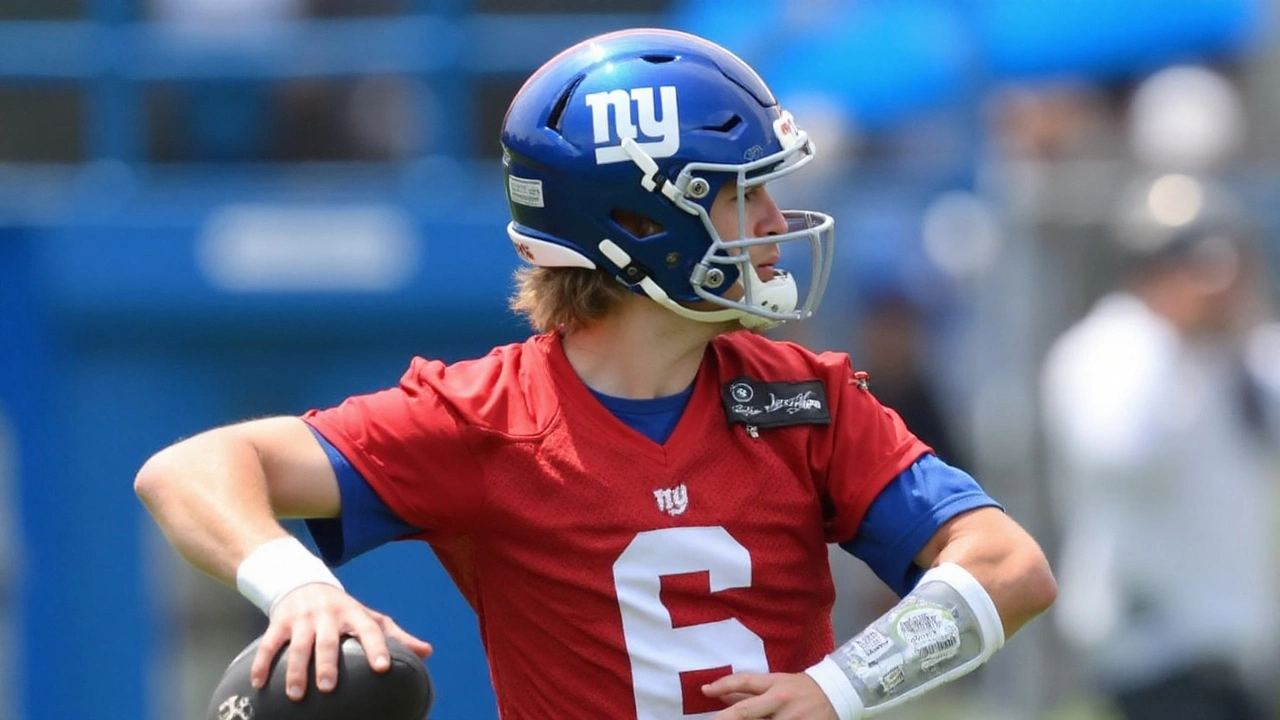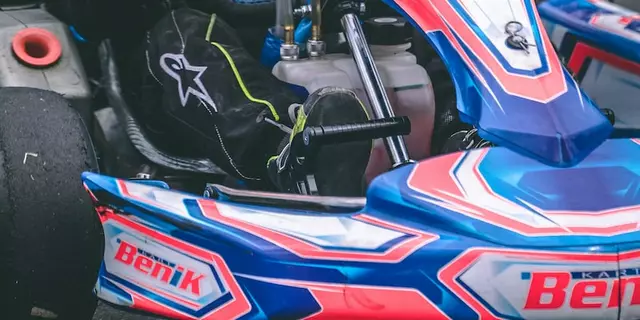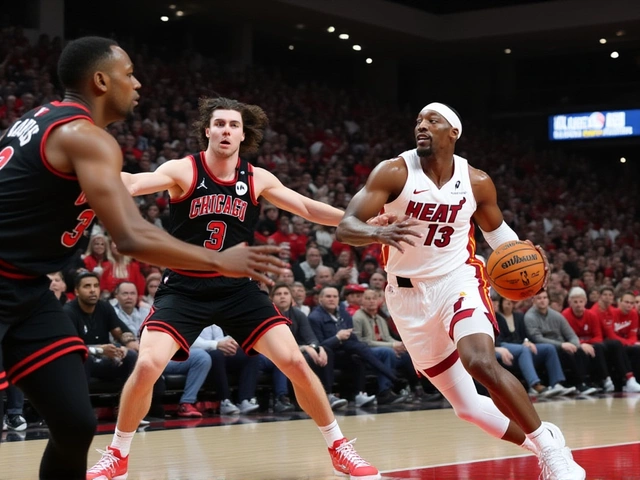Giants pivot to Jaxson Dart after flat Week 1
One week into the 2025 season, the New York Giants are reshuffling the most important job on the roster. Russell Wilson heads to the bench, and rookie Jaxson Dart takes over as the starting quarterback after a 21-6 loss to the Washington Commanders exposed an offense that never found a rhythm.
Wilson was named the starter back in April, right after the NFL draft, as coach Brian Daboll sought a steady hand to guide a retooled unit. In the opener, that plan stalled. Wilson completed 17 of 37 passes for 168 yards and no touchdowns, and the Giants managed just six points. The passing game looked out of sync, with timing issues, stalled drives, and little downfield bite. By Monday morning, fan calls for change had turned into action.
The switch carries real weight. New York is moving from a former Super Bowl starter to an untested but intriguing rookie just two days after listing him as the No. 2 on the unofficial depth chart. Veteran Jameis Winston, who was slotted third last week, remains in the background as the emergency option. This is a fast course correction by a staff that wants answers now, not by Thanksgiving.
Dart didn’t win the job in March; he earned this shot in August. In the preseason, his best tape came against the Jets: 88% completions, 137 yards, and two touchdowns. He looked decisive, threw on time, and used his legs to extend plays without forcing them. Coaches praised the poise, and teammates noticed the tempo he brought to the huddle. It wasn’t empty August production; it was clean execution that now buys him the huddle in September.
Why the Giants made the switch — and what changes with Dart
This is about spark and fit as much as it is about the box score. The Giants need quicker answers at the line, a cleaner intermediate game, and a quarterback comfortable on the move. Dart projects as that type of player. Expect more bootlegs, rollouts, and run-pass options to stress defenders horizontally and simplify reads. That doesn’t mean a college-style overhaul; it means more plays that let the ball come out fast and keep the chains on schedule.
There are risks. Rookie quarterbacks face disguised coverages they’ve never seen, and the speed jump from preseason to real bullets is steep. Protection has to hold up, and the staff must keep Dart out of obvious passing downs where exotic pressures live. Turnover management is the tightrope. If Dart stays within the structure and takes the easy throws, the offense should breathe again.
Wilson’s role shifts to veteran sounding board and next man up. For a locker room, that dynamic matters. Quarterback changes can fracture teams if handled poorly. Here, the messaging is straightforward: performance-based, not personal. Players respond to clarity, and nothing is clearer than a scoreboard that shows six points.
For Daboll and offensive coordinator staff, the next step is tailoring call sheets to Dart’s strengths. Expect a heavier dose of quick-game concepts, designed movement, and shot plays off play-action once the run game earns respect. The red zone will be telling; condensed fields make processing speed and ball placement everything. If he wins on slants, seams, and crossers there, New York’s entire profile changes.
The timing also says a lot. With 16 games still ahead, the staff wants a long look at the rookie rather than a two-drive leash in October. That aligns with roster building. Either Dart grows into the job by winter, or the front office gets a clear evaluation window before the next draft cycle. Sitting on uncertainty is costlier than living with a young quarterback’s mistakes.
A few threads pushed this decision over the line:
- Week 1 production: 17-of-37, 168 yards, no touchdowns, and an offense that couldn’t finish drives.
- Preseason evidence: Dart’s 88% outing against the Jets wasn’t flashy; it was efficient and repeatable.
- Depth-chart clarity: The rookie had already edged out Jameis Winston for QB2 before the opener.
- Locker room energy: A fresh voice can reset urgency after a deflating start.
History says bold quarterback moves can reshape a franchise. The Giants have lived through this before, most famously in 2004 when Kurt Warner gave way to Eli Manning midseason. Different era, different details, same idea: when the offense stalls, coaching staffs bet on growth. This time, the bet is on a 22-year-old who looked calm when the lights were lighter and now gets the full glare.
What should fans watch for in Dart’s first start? Three things. First, early-down efficiency — are the Giants getting to second-and-5 instead of second-and-10? Second, tempo — do they break the huddle and snap with purpose, stealing easy yards before defenses get set? Third, explosives without turnovers — can they hit two or three chunk plays without giving one back?
If the Giants marry a steadier run game to a timing-based pass template, Dart won’t need to be a hero. He just has to be the catalyst. The defense held Washington to 21; that’s a winning number most weeks if the offense does its part. The bar isn’t perfection; it’s progress, measured by first downs, red-zone trips, and a scoreboard that finally moves.
The pressure won’t fade. New York markets don’t do patience, and the NFC East rarely gifts time. But this move gives the Giants a plan, not a hope. It hands the ball to a rookie who earned trust in August and asks him to carry it in September. Now we find out if that preseason snapshot was a preview or a mirage.





